Step One. I make the base for my Mochila Wayuu bag before anything else. The number of stitches I end up with for the size I want (diameter) determines how many stitches I will have around the body of the bag. This also determines the number of stitches I will need for my graphed pattern.
FYI: I will be using Wayuu Bags, Mochila Bag, or Tapestry crochet bags interchangeably to mean the same thing.
Bases/Bottoms for Wayuu Bags
Either make a traditional Wayuu base or a dense (overlay crochet) Mandala for the bottom/base.
You can find many examples of the Wayuu bag bases on Pinterest or via Google.
Note: Usually start with an 8-stitch MC (magic circle/magic ring) for a flat circle. This applies whether making traditional Wayuu base or making and overlay crochet mandala.
Examples of Traditional Bases for Wayuu Bag
Examples of dense, overlay crochet Mandala as Base for Wayuu Bag
At the time when I made my first tapestry crochet bag (“Cat and Fishes“), I had not once come across anyone making tapestry crochet bags with a mandala base. And I thought, “Why not?” Right?
So I looked around for a dense Mandala pattern. And I found a lovely one – “Spanish Mandala” by LillaBjornCrochet. I bought the pattern from her Etsy store. The yarn I used produced a very large mandala. For making my tapestry crochet bags, I have not had to use the entire (mandala) pattern. I stop when I think that the diameter is large enough for my bag.
Take note of the number of stitches you end up with. This will be the number of stitches you need for your graph i.e. the circumference of the bag’s body.
Optional: Reinforced Base
The bases of your tapestry crochet bags should be made of a dense (crocheted) fabric to give it strength and to ensure there are no holes at the bottom. This is doubly essential if your bag is not going to have any lining (as with almost all traditional Wayuu bags). And even though I generally prefer to have full linning (and pockets) for my tapestry crochet bags, I still choose to have a dense, strong crochet base to go with the bag.
Below is an illustration of how I further strengthen the base of the bag for lasting durability. I add a stiffener piece to the crocheted base. In the example below, I was lucky enought to find a round mousepad that was the perfect size. You can also use cardboard or other stiff materials as the needed stiffener.
Obviously if you reinforce the base this way, you will need to hide the stiffener. Either line the bag or make a double-layered base.
Optional: Double Layered Base
Below is an illustration of what I did to make a double-layered base.
I decided that the crochet piece above would be on the inside of the bag. I crocheted another round piece (wayuu style) which would be used on the outside of the bag’s bottom. Join both layers together to create a thick, cushiony, very strong base.
If you go with a double layered bottom, you would most likely choose not to have lining for the bag. Or just lining on the sides of the bag so as not to obscure your lovely crocheted bottom on the inside of the bag.
Optional: Hardware – Feet for Bag
There might be times when you want your bag to have some “feet”. These feet will help elevate the base of your bag when they are resting on the ground, etc.
If you do decide to have feet for your bag, then insert the hardware not too long after you finish the base of the bag. Either right after you finish crocheting the round base (but before you insert the stiffener piece) or while the bag is not too deep. It is easier to insert the bag feet when the bag is not so deep.
After we have done the base, and know the number of stitches needed for the circumference of the bag’s body – then it is time to graph your pattern.
Return to index in How to Make Mochila Wayuu Bags
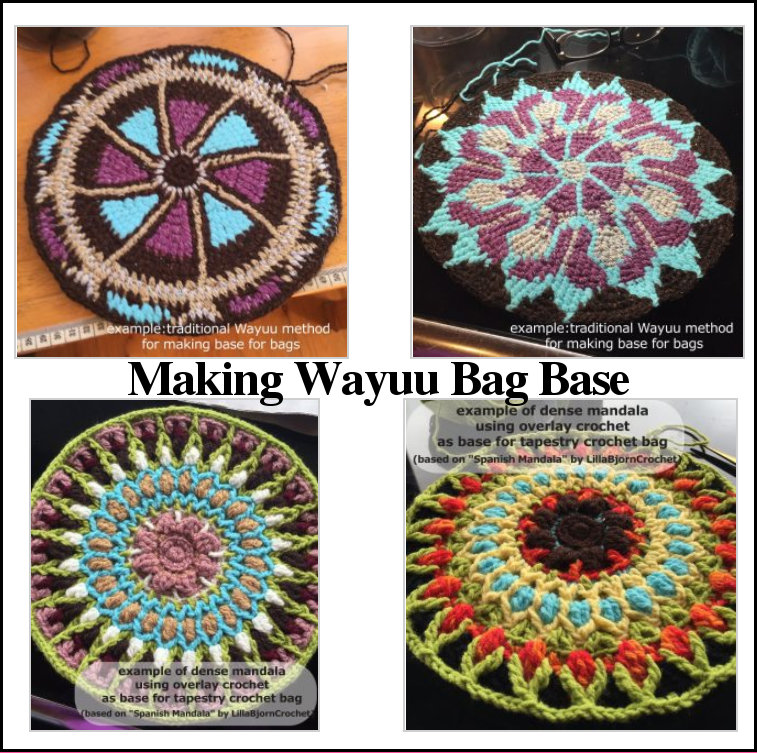
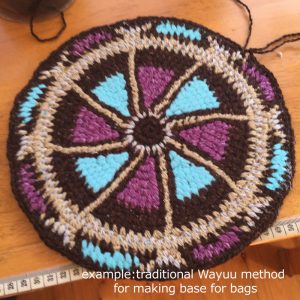
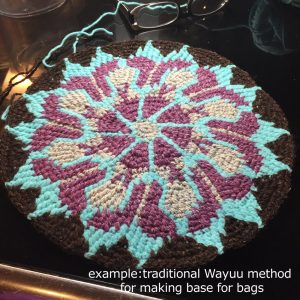
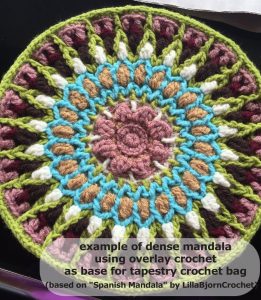
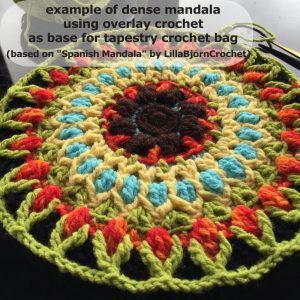
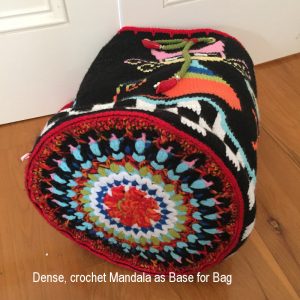
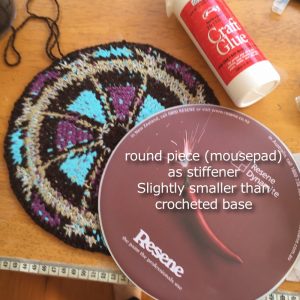
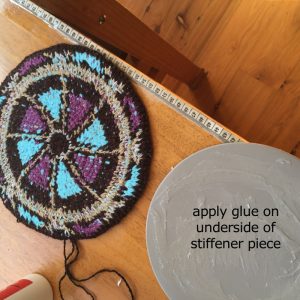
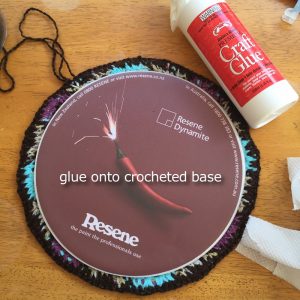
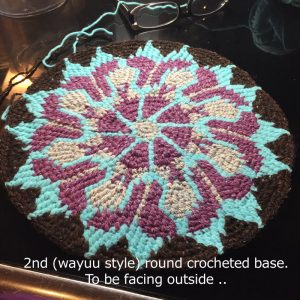
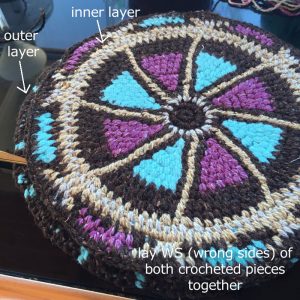
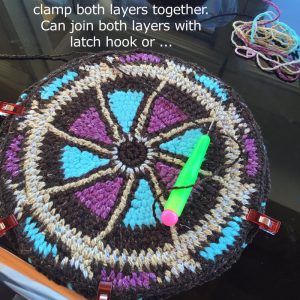
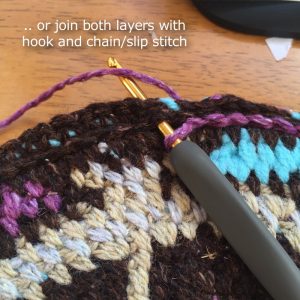
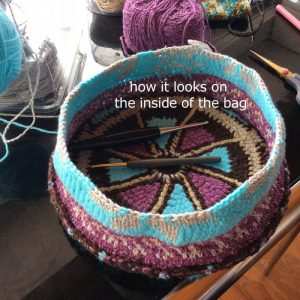
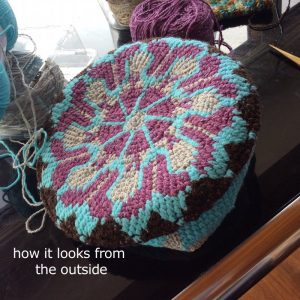
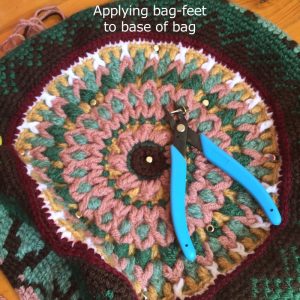
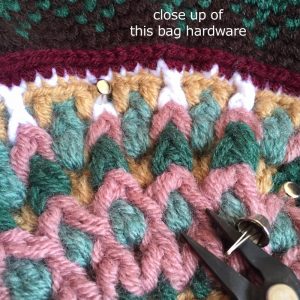
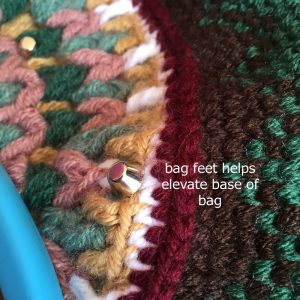
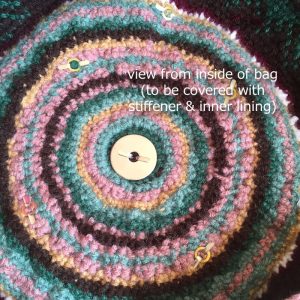

These examples are not Wayuu bags at all. The bases are not made like Wayuu bases, the wrong yarn is used, the construction is not correct either. These are nice bags, but you can not call them Wayuu Mochila bags because they are not. Just like we Asians from all different parts of Asia want our culture represented correctly, the same respect and dedication should be given when we too do things from other people’s cultures. These may be inspired by Wayuu mochila, but they’re not Wayuu style, or worked the proper way to be called Wayuu Mochila.. These are just mochila.
Hi Akiko, thanks for your feedback. Point taken. I will not have the time to adjust all the wordings but I will try to make a note of this somewhere. Thanks.